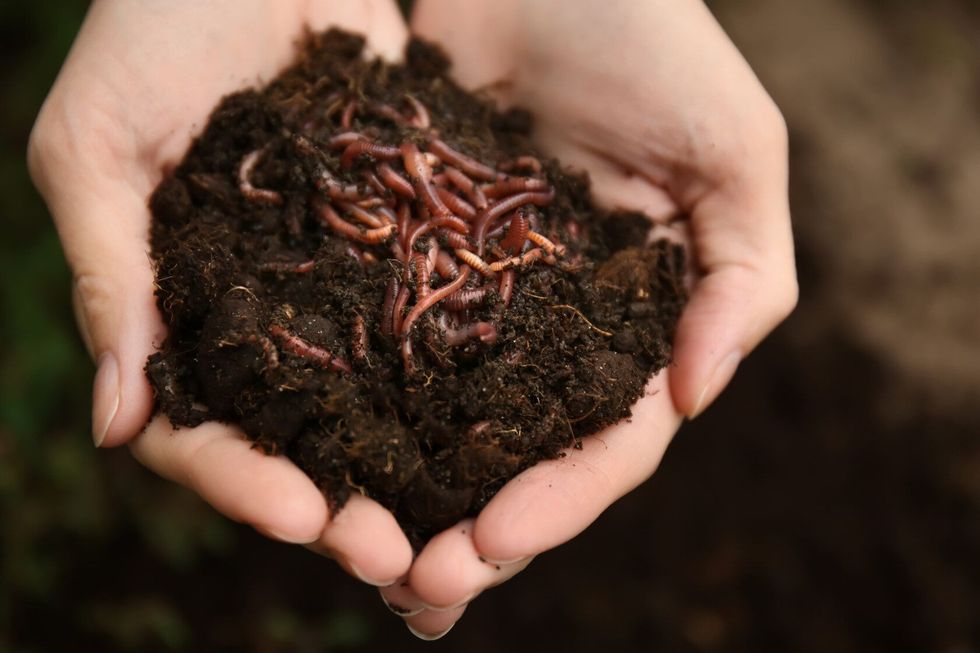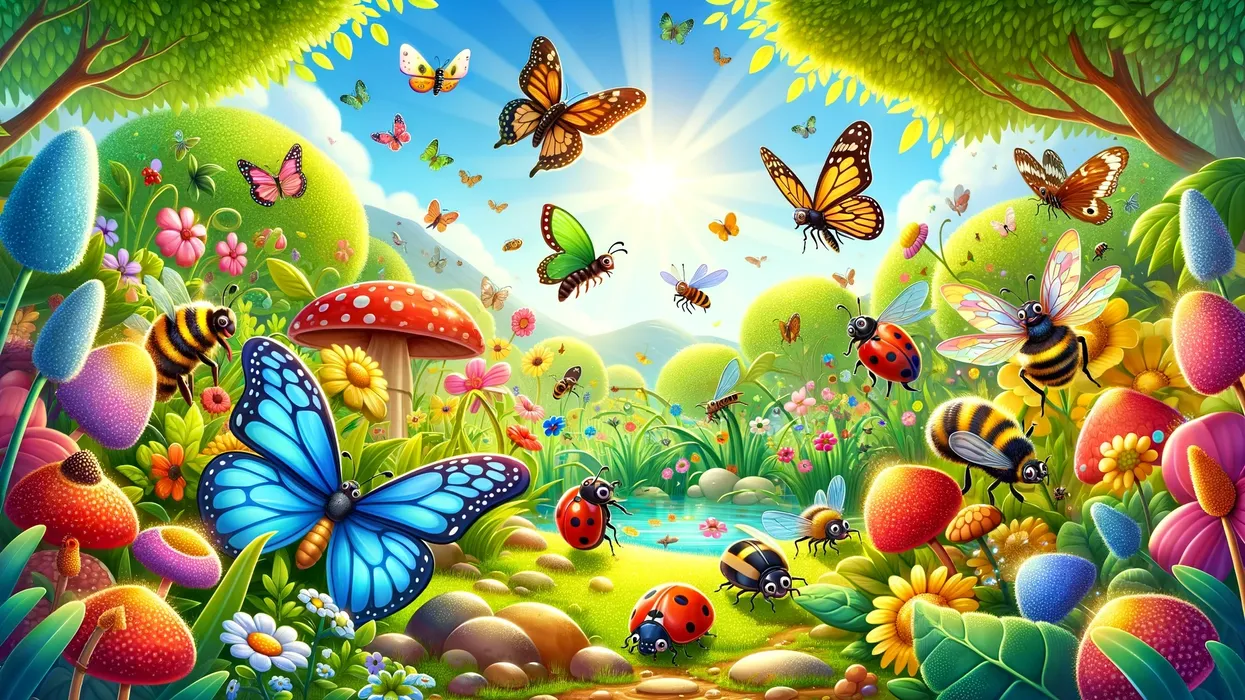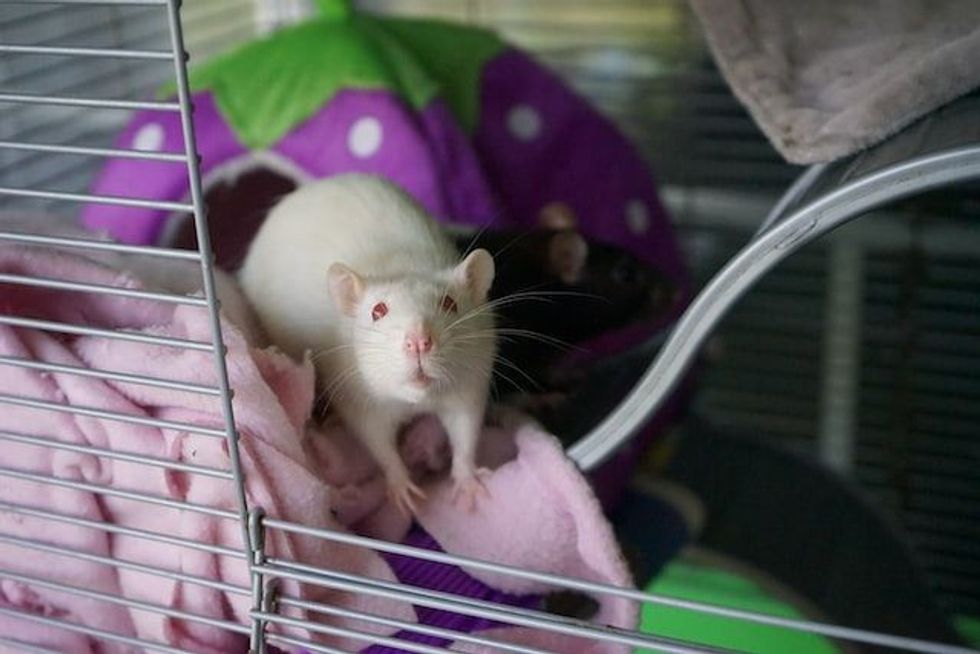Did you know that too much water or too little of it can kill worms?!
As we dig deeper into a worm's daily diet, we learn that these slithery worms can't just gobble up everything you put in their worm bin. Worms thrive on organic food, but some waste food must be avoided.
If you are interested in giving a well-balanced diet to your slimy buddies, here's some good news.
We have some beneficial information on what worms feed on and how to balance their diet so you can have a bunch of fat and healthy worms with ideal body weight, blissfully creeping and crawling around in your worm bin in no time.
The success of your worm farm depends on your understanding of the basics of what worms feed on. It would help if you kept a tab on what waste food is added to the worm bin, how much is added, and whether it needs any preparation.
Even how and where you place the food in the worm bin also plays a vital role in the success of your worm farm.
If bad smells and toxicity around your homestead are bothering you, then it would be a good idea to check on your worm's diet.
Apart from what do worms eat, let us discuss some weird facts about worms. If you take a closer look at a worm, you will notice that it has a band closer to one end.
The end, which is closer to the band, is identified as the head of the worm. Handling worms can be a gruesome task.
A kid once cut a worm in half and was scared that he had killed the worm. Did you know that if a worm is accidentally cut into half, only the half with the head will regrow and rejuvenate itself? The other half without the head cannot live and it degenerates.
It sounds pretty flimsy, but, indeed, the half with the head and the band will eventually regrow itself. It sounds creepy, though.
If you are interested in learning more about creepy insect diets like ants or caterpillars, you can read our article what do ants eat? And, if you want to learn about the eating habits of caterpillars, you can read another article, what do caterpillars eat?
How do worms eat? Do worms have a mouth?
Worms prefer to feed on their favorite plant food, especially when it starts to decompose. You can start with a simple organic food diet like vegetable food scraps or fruit if you are a beginner.
A simple method to prepare and balance the worms' diet is to separate the greens and the browns from the food material. Insecticides on fruits and vegetables can have a lethal effect on your worms, so make sure you wash the fruits scraps and vegetable material before serving them to your worms.
Maintaining the pH levels in the worm farm is also a very important part of learning what do worms eat. Too much acidity in the food can be harmful to your worms.
So, avoid adding solid flavors like onion, garlic, or citrus fruits when you prepare your worm farm.
If you don't have any fruit or veggie food scraps leftover, you can also add a little bit of bread or lettuce. Please don't overdo it as excessive bread waste material may develop mold.
Do you want to bite? Anybody?
While the worms are wriggling in the composting worms bin, they take a bite now and then to live and grow. Worms eat foods from plants like fresh fruits, vegetables, or leaves. Plant parts are worms' favorite food and contain essential vitamins and nutrients that are beneficial for the development of worms.
Worms eat through their bedding, which may be made from peat moss, coconut coir, or cardboard scraps. They dig through these layers of bedding in their bins by eating their way out. One can see tiny tunnels in their bedding layers or the ground.
However, worms do not enjoy eating meat or fish. Strong flavors and smells from garlic and onion are also to be highly avoided when feeding worms.
Composting worms have a mouth and no teeth, but they have a pharynx that serves as a suction pump.
The worms do not have teeth and suck their food into the digestive tract with the help of their pharynx. Not just that, worms are equipped with special tiny sensory cells in their mouths that alert the worm when there is more nutritious food scrap in the composting environment.
So, if you want to know what your worm buddy is eating in your composting bin, look for tiny holes in the bedding material of the composting bins, food scraps, bits of coconut coir, peat moss, cardboard shreds, ground, and whatnot.
What not to feed worms?
To feed the worm or not to feed? That is the question! If it is bothering you, here is a precise list of foods that you must avoid while feeding worms in your composting bin. Always follow your gut feeling.
If you think a particular food scrap must not be put in the composting bin, it would be better to leave it out. However, before you add these food items to your compost, think again.
Bread waste: it hardens and dries up. Molds attract pot worms that consume the bread mold.
Pasta: rodents may crash your bin for a helping of pasta scraps.
Pineapple, tomatoes, and citrus fruits: breaking down acidic foods may release toxic chemicals that can kill your worms.
Grass waste: it generates heat in the compost while breaking down into ammonia. Earthworms cannot survive excess ammonia and high temperatures.
Onion and garlic: acidic foods like these smell awful on decomposition.
Foods containing dairy products or cheese: create a toxic stink on decomposition.
Foods with grease or oil: worms breathe through their moist skin. If their skin is covered with grease, they would be unable to breathe and die. Likewise, salt can burn the worm's skin.
Meat or fish waste: smells awful on toxic decomposition and is a favorite meal of rodents that attack and consume the compost for food.
If you want your worms to have a long and healthy life with good body weight, avoid bad food for the worms and add good food that they like.
What do glow worms eat?
Glow worms are fascinating worms that exhibit very peculiar eating habits.
The adult glow worms do not have any mouthparts. Instead, they feed in their larval stage by injecting digestive juices into their prey like snails and slugs. The glow worms drink the digestive remains of their dead prey before they metamorphose into adult glow worms.

Do worms need water?
Give some breathing space to the worms! Will you! Can you please stop dumping your food scraps and give them a water break too?
Yes, earthworms need water to survive, but too much or too little water can kill the worms. After heavy rainfall, have you seen worms slithering out of their holes in the garden yard soil scrabbling to the surface to get some fresh air?
That is very true as earthworms breathe through their skin. Worm skin is covered with a layer of mucus.
For this purpose, they keep their skin moist with moisture from their surroundings.
If the environment is too wet, the earthworms will drown, and on the other hand, if the soil is too dry, the worms will suffocate due to lack of moisture, dehydration, and lack of oxygen.
So, if you want to give water to your worms, make sure their habitat is well-drained but moist enough to give the slithery worms breathing space in the compost.
How do you feed garden worms?
Grab a pail or any container, start gathering all your food scraps, and carry them to your garden to feed your newfound slithery friends, garden worms. Before you simply dump the food scraps, it is important to know a few things about the garden yard worms while vermicomposting.
Slimy red garden worms do not feed regularly, and they thrive easily on most common food scraps. Worms adore eating tea bags, vegetable and fruit scraps, leftover coffee grounds, and even a little quantity of wood or bread in the compost.
All you have to do is collect all your food scraps in a reusable container.
Worms can feed more easily on tiny bits of food, so you can chop the food scrap into tiny bits before serving it to the redhead worms in your garden soil for vermicomposting. Cover your food scraps with a layer of bedding in the soil.
Once you have served a good amount of food, you need to check if the worms have eaten it before replenishing their food supply.
It may take the worms a few days to exhaust their ration of food scraps in the soil. So until then you can take a break and enjoy the view!
How do red worms eat and make compost?
Balancing the red worms' diet is very strategic for their growth and development and for making compost. Red worms are avid eaters, and sometimes it appears that they live to eat.
Whenever red worms decide to move to a new zone, the first thing they do is feed on it. Believe me, their eating has nothing to do with eating disorders.
However, a worm does eat to dig and dig in more to eat better. So now, let us recap at our worm menu for a regular digging day and find out what a worm likes to eat. Fruits and vegetables from your garden plants or kitchen counters.
Organic plant matter, including fruit peels and stems from plants. Let's say a worm likes to start its day with tea bags, or even leftover coffee grounds and filters would also do. Anything to kickstart its digging work!
Still hungry? How about some bread or grains?
How does a worm like to have its veggies? Well, worms have tiny mouths, and if you want them to grow faster, chop their food into tiny bits or grind them in a food processor.
Anything to keep the glutinous, tiny, slimy worms happy in their bin. Bacteria, fungi, and molds speed up the decomposition process of organic matter and serve as handy predigestion agents in the bin.
Vermicomposting is the process of composting with the aid of worms. In your composting worms bin, red worms live in the bedding and eat through it too. You can make a layer of bedding with coconut coir from your garden wood.
You can even use cardboard and bits of paper for the bedding layer. However, it would be advisable to shred the cardboard into tiny paper bits before using it in the bin.
Pure peat moss is also preferred as bedding by the red worms. The worms feed their way through the bedding. It can be seen as tiny holes or tunnels in the bedding and on the surface.
Here at Kidadl, we have carefully created lots of interesting family-friendly facts for everyone to enjoy! If you like our suggestions for what worms eat, then why not take a look at what cockroaches eat or where do tomato worms come from?










